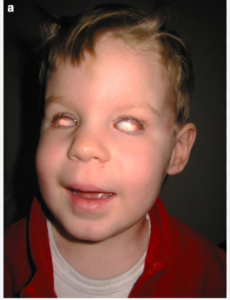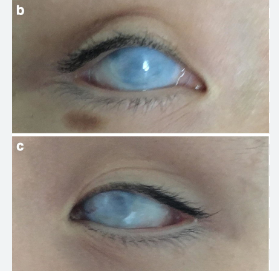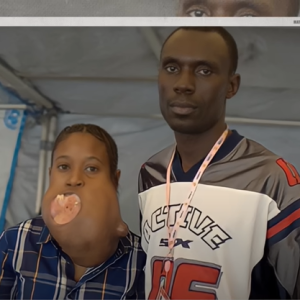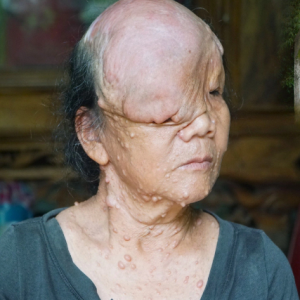Anophthalmia is a rare congenital condition characterized by the absence of one or both eyes. It occurs during early fetal development when the eye structures fail to form properly. In cases of unilateral anophthalmia, only one eye is absent, while bilateral anophthalmia refers to the absence of both eyes.

The exact cause of anophthalmia is often unknown, but it can be associated with genetic mutations, environmental factors, or a combination of both. Some known risk factors include maternal exposure to certain medications, infections, or toxins during pregnancy.

Anophthalmia can have significant impacts on visual development and overall health. Individuals with this condition may require specialized care and interventions to address associated complications, such as cosmetic issues, socket infections, and vision rehabilitation.

Treatment options for anophthalmia vary depending on the individual’s specific needs and may include prosthetic eyes, surgical procedures to improve cosmetic appearance or create a socket for a prosthetic eye, and vision rehabilitation services to maximize remaining vision or adapt to vision loss.

While anophthalmia presents unique challenges, advancements in medical technology and supportive services offer hope for improved outcomes and quality of life for affected individuals. Early detection, comprehensive evaluation, and multidisciplinary care are essential for managing this condition effectively.









